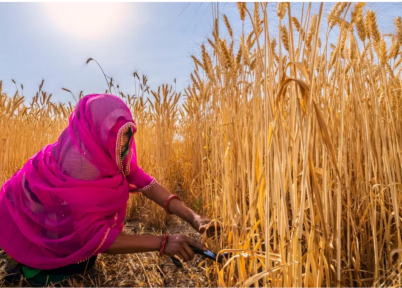CSTEP developed the SAFARI model to explore the energy, emissions, resource, and macroeconomic implications of achieving key developmental goals in India—such as food security, housing, healthcare, and transport—through a systems-thinking-based approach up to the year 2050.
Unlike conventional models that rely on gross domestic product (GDP), SAFARI uses desired quality of life (DQoL) benchmarks to simulate low-carbon development pathways and policy trade-offs. By using SAFARI, you can create integrated scenarios across sectors and test out the impact of policy choices on energy, emissions, and resources.
SAFARI has been showcased at global and national forums, including COP26 (IDFC Pavilion) and the International Institute for Applied Systems Analysis (IIASA) regional conference ‘Systems Analysis in Eurasia’. At the national level, NITI Aayog and the Ministry of Petroleum and Natural Gas (MoPNG) used SAFARI to model ethanol demand scenarios for the Roadmap for Ethanol Blending in India 2020-2025, a contribution acknowledged by Dr Rakesh Sarwal (Additional Secretary, NITI Aayog) in his foreword to the report, released by the Honourable Prime Minister Narendra Modi, on World Environment Day 2021. SAFARI also informed scenarios for NITI Aayog’s Vision 2035 document

